The Diocese
Posted: 06/05/2025
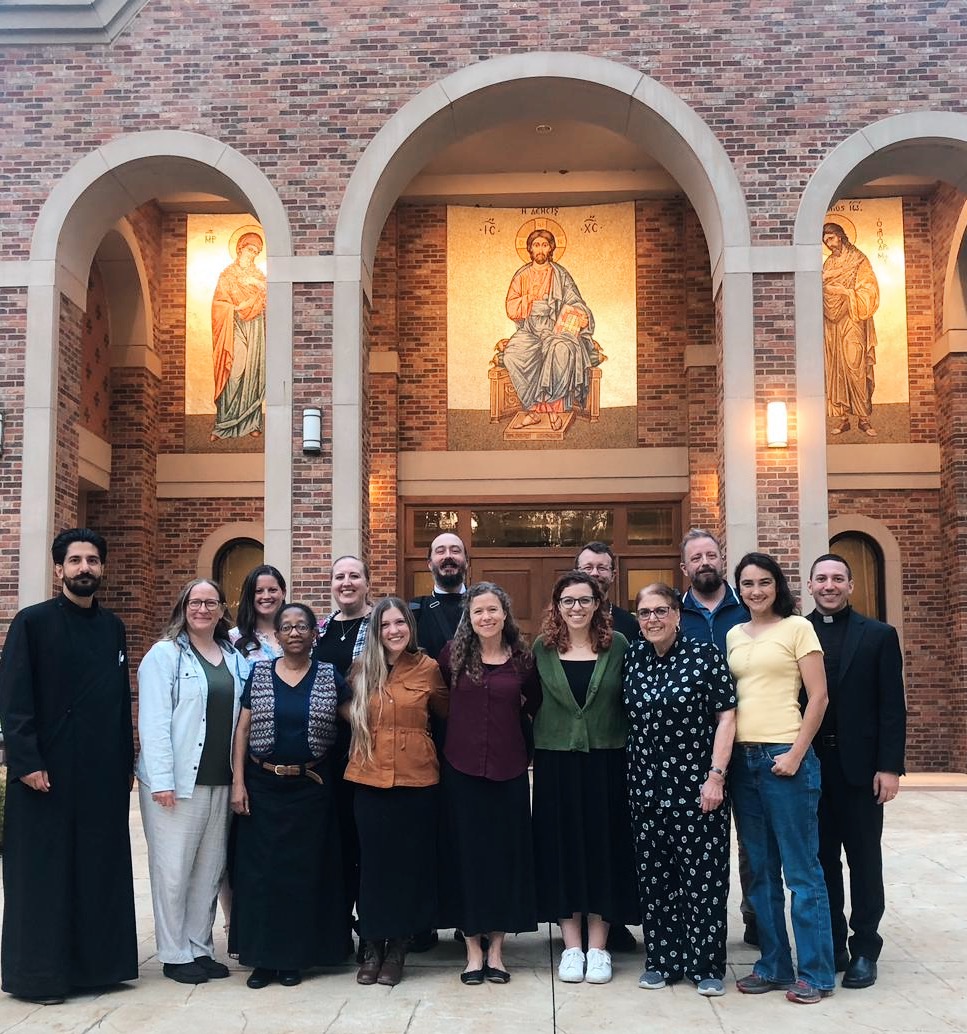
“Whoever understands can interpret; otherwise, keep silence.”
— St. Paul, 1 Corinthians 14:28
I was born Deaf in Armenia. From the very beginning, communication wasn’t something I could take for granted—it was something we built, hand by hand and heart to heart. By God’s grace, my family chose love over limitation. They learned Armenian Sign Language (ArmSL) with me. My Deafness wasn’t treated as a barrier—but as a bond. I was never left out.
When I moved to the United States at age twelve with my father, a new chapter began. My sisters embraced American Sign Language (ASL), and with it, we wove new threads into our family’s connection. Sign language has always been more than a tool. It’s the language of our love, our faith, and our worship.
As a child in Armenia, I would attend church with my grandfather. I remember the incense, the icons, the beauty and reverence of the liturgy. But something was missing. Though I stood in the sanctuary of God, I could not understand what was being said. There were no interpreters. No access. I was present—but not included.
Eventually, I stopped going to church altogether.
Then in 2008, my uncle, Deacon Artak, told me about a parish in Burbank, California—where the Armenian Church thrived in its full, ancient beauty. I returned, and I never left. That same year, with the blessing of His Eminence Archbishop Hovnan Derderian, I began serving on the altar. I was ordained a deacon in 2015.
Today, I serve the Lord not in spite of my Deafness—but through it. I serve for every Deaf child who wonders if God hears them. I serve so that no Deaf believer ever again feels like a stranger in the house of God.
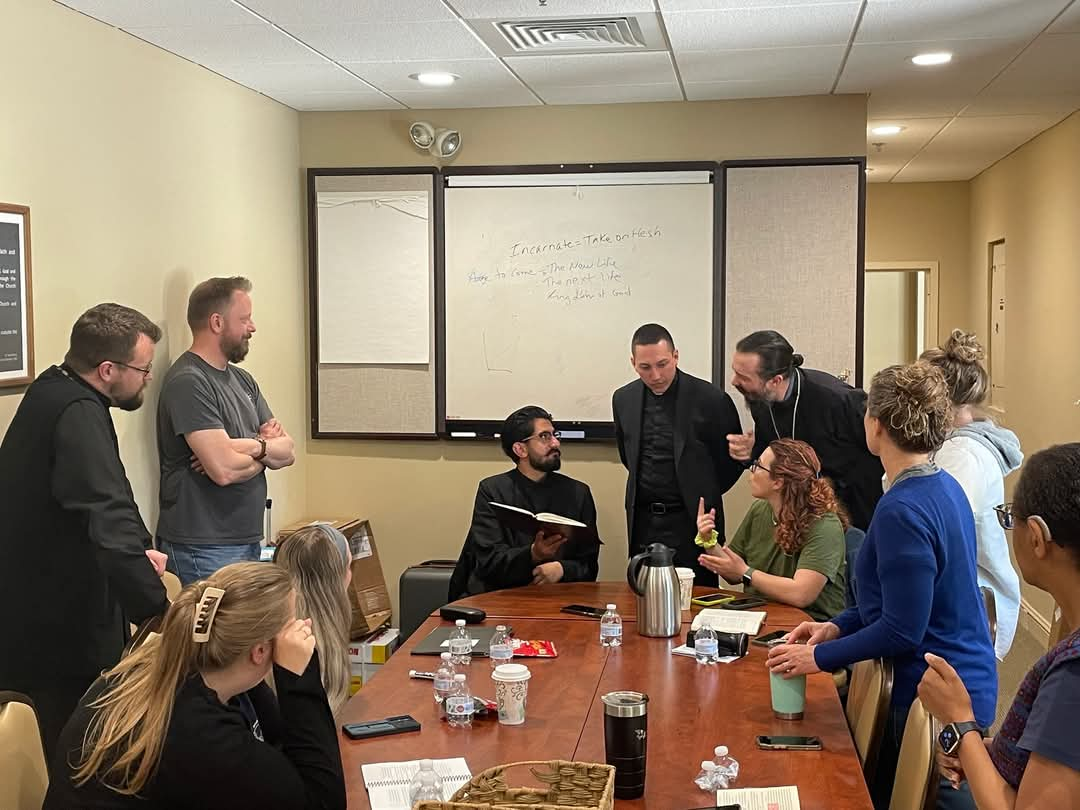
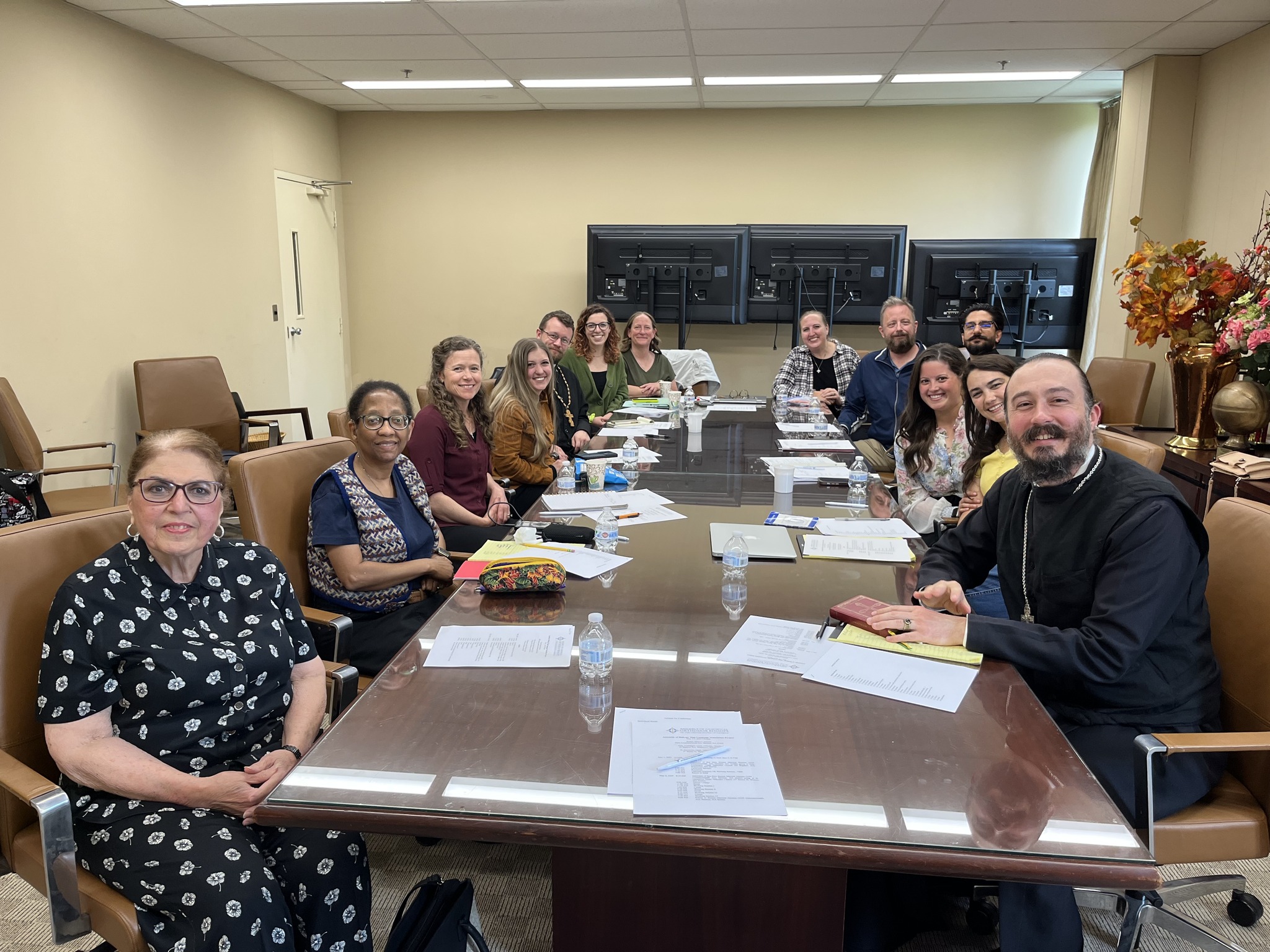
This calling has taken me places I never expected. For a long time, I thought I was walking this path alone — until Greg found me. In 2012, he discovered my YouTube channel, where I shared the Gospel in ASL and the rich traditions of the Armenian Church. He reached out, and instantly, there was recognition.
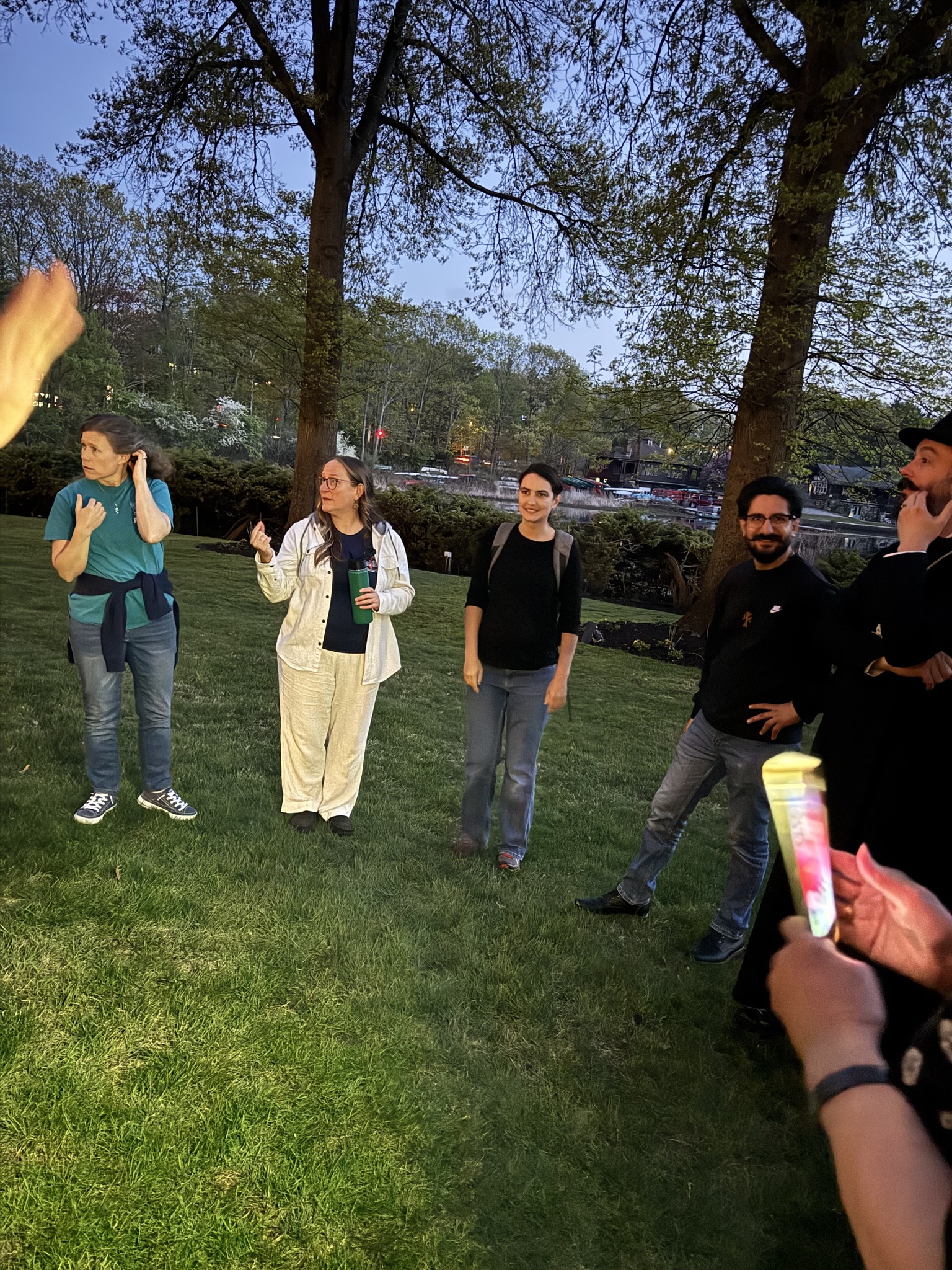
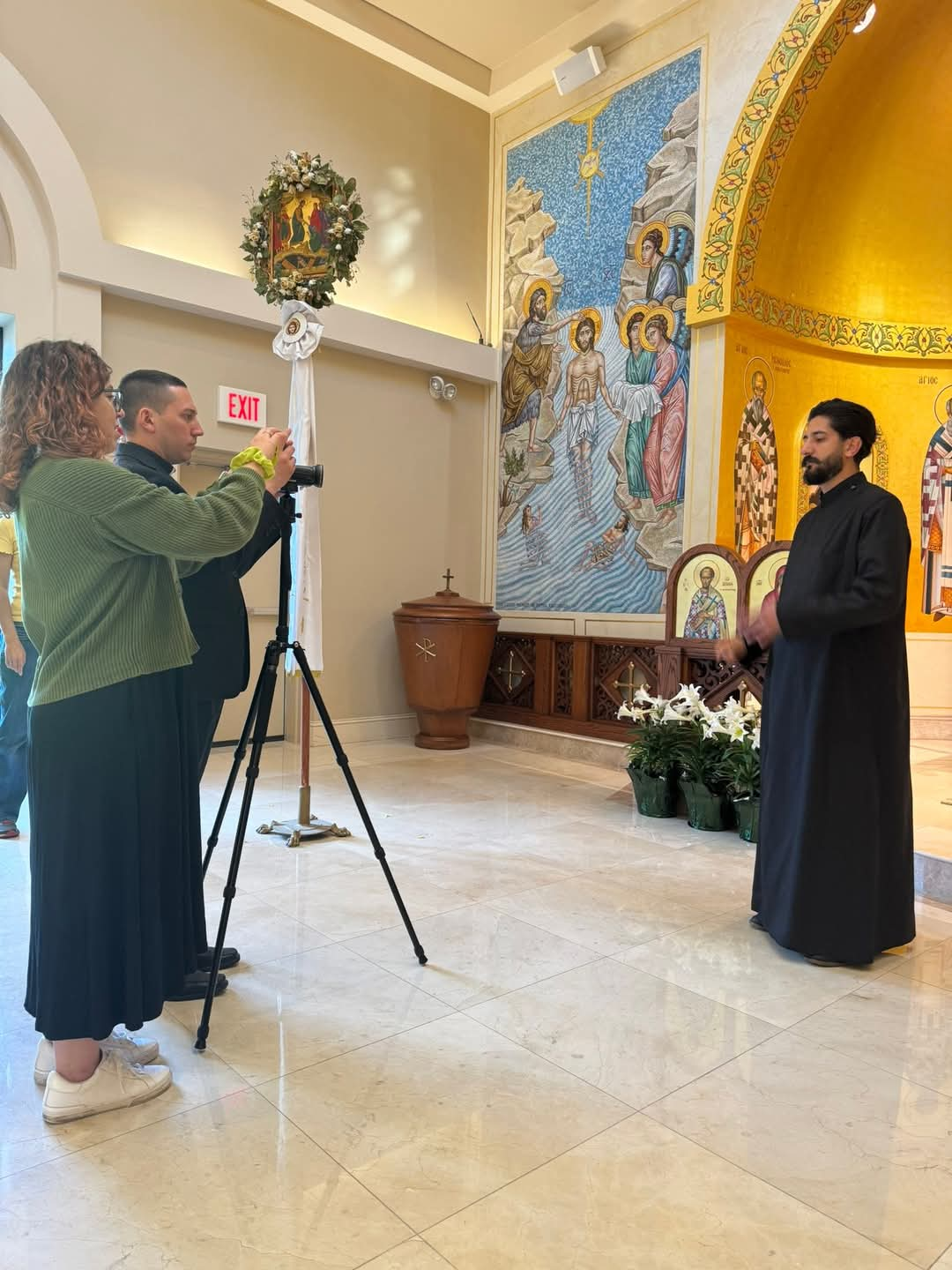
Though we came from different Orthodox traditions—he, Eastern Orthodox; I, Oriental Orthodox—we shared one vision: that Deaf Orthodox Christians must be fully included, spiritually nourished, and embraced as vital members of the Body of Christ.
Together we dreamed—and by God’s mercy, we’re now seeing that dream come alive.
The Orthodox Christian Deaf Association (OCDA) was born from that shared hope. With faithful from ROCOR, Antiochian, Greek, and Moscow Patriarchate backgrounds, we are witnessing something rare and sacred: unity.
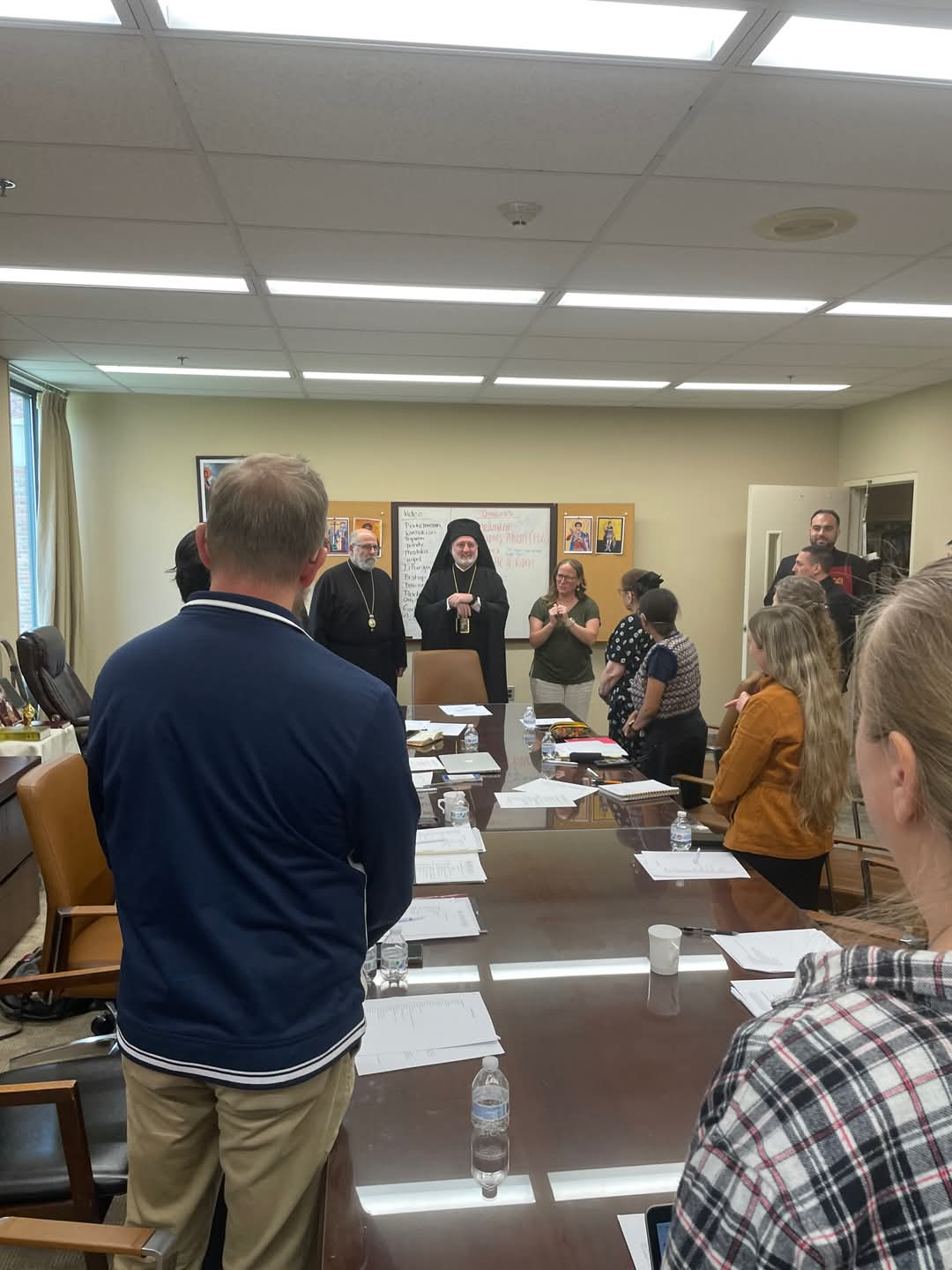
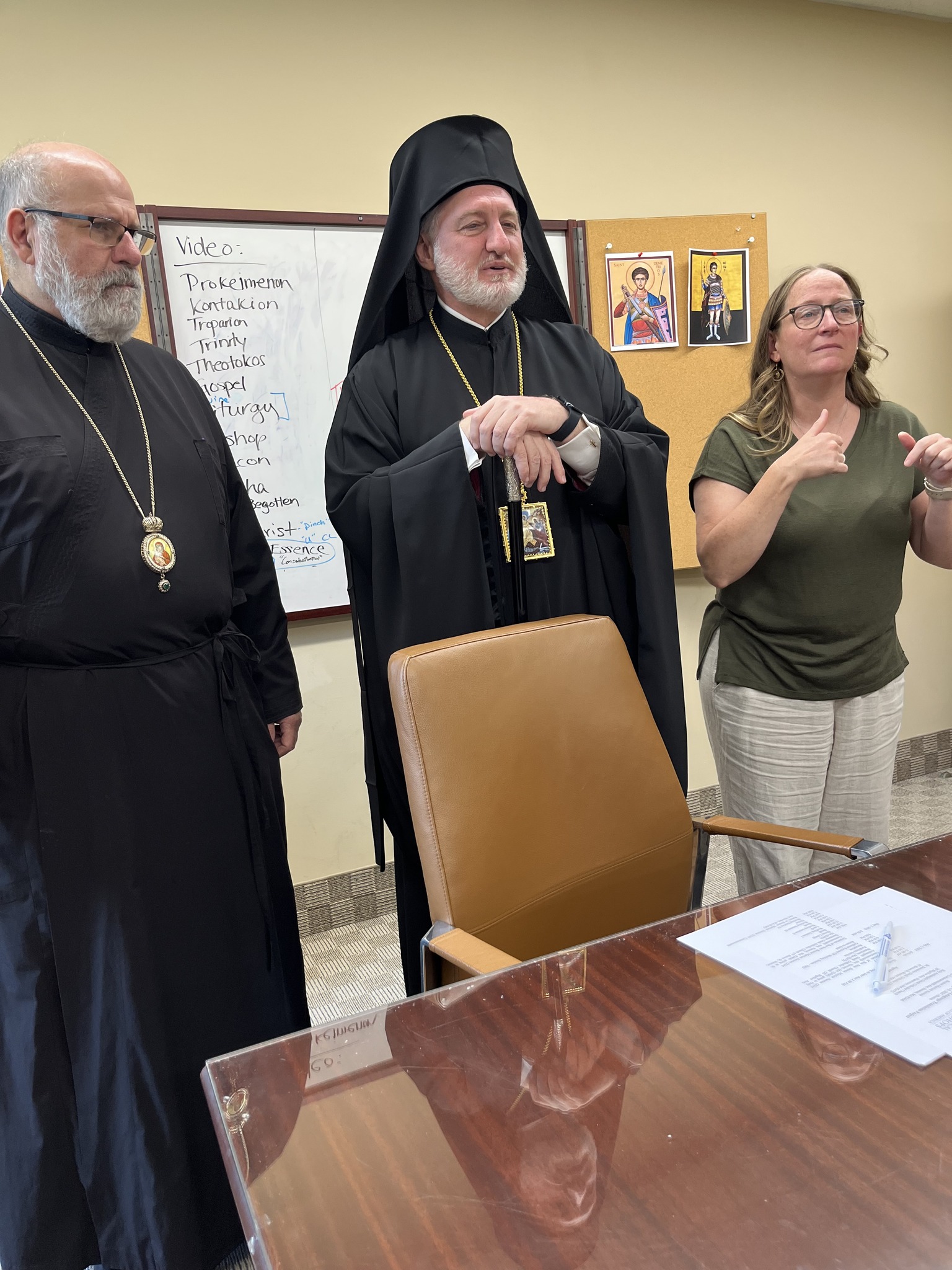
Savannah, the daughter of an Orthodox priest, now leads the OCDA. This year, she organized a historic conference in Dallas—with her bishop’s blessing. I was honored to speak, with blessings from both my priest, archbishop and the bishop of the Eastern Diocese.
There, Deaf and Hard of Hearing believers, deacons, interpreters, and theologians stood as one. And we began a holy work: the creation of an Orthodox Sign Language Lexicon.
Words like “Bishop,” “Liturgy,” “Seraphim,” “Theotokos” don’t just need translating—they need to carry theology. Sign language must not flatten our faith—it must illuminate it.
Our team—five Deaf and Hard of Hearing Orthodox Christians, five certified interpreters, two priests, and myself—gathered in Boston. There, I met Orthodox priests who, though hearing, were fluent in ASL. Their presence spoke volumes: You are not alone. God is raising others for this work.
We labored prayerfully and tirelessly. In just 48 hours, we developed 18 new theological signs, three essential phrases, and translations of two sacred prayers—each carefully reviewed for theological accuracy, clarity, and cultural integrity.
It was overwhelming. But someone reminded us: trust the Holy Spirit. And we did.
We introduced a new sign for “Orthodox”—modeled after the priest’s blessing handshape, as seen in icons and sacraments. Some asked: Can laypeople use this gesture? In Deaf culture, it’s not imitation—it’s affirmation. It reflects our shared identity as Orthodox believers.
With humility, we presented it to Archbishop Elpidophoros. He gave his blessing: “If it makes sense to you as ASL experts and poses no theological issue, then I have no objection.”
In that moment, the doors of the Church opened a little wider—for all of us.
Later that day, both he and Bishop John asked, “How do you sign: ‘Christ is risen from the dead’?” We taught them. They smiled. They signed. And they shared our joy.
The sign we created for ‘Liturgy’ uses the ‘8-handshape,’ symbolizing the 8th day—Resurrection Day. It visually echoes the signs for ‘Bless’ and ‘Peace,’ connecting to the opening of the Divine Liturgy: ‘Blessed is the Kingdom…’ It also reflects the role of the choir, beginning with the director leading them. More than just a sign, it’s theology in motion—expressing music, completeness, and eternal worship.
This work is sacred. It’s slow, thoughtful, and deliberate. For perspective: four students at Gallaudet University once spent eight months developing a sign for “Coca-Cola.” We created nearly two dozen theological terms in just two days—because the Holy Spirit is with us.
When asked about my patron saints, I think of St. Mesrob Mashtots, who gave our people the Armenian alphabet, and St. Gregory of Narek, whose prayers speak to every soul. I ask their intercession now, as we open new doors for Deaf hearts to encounter Christ fully.
This is only the beginning.
How fitting that this year marks the 1700th anniversary of the First Council of Nicaea, when bishops gathered to guard the truth of the faith.
Let this be our Nicene moment.
May our bishops continue to bless this work.
May our hands continue to proclaim His truth.
And may Deaf and Hard of Hearing faithful no longer sit at the edges of the Liturgy—but walk boldly into the sanctuary, seen and loved.
In silence, God called me. Now, I serve so that others may see Him too.